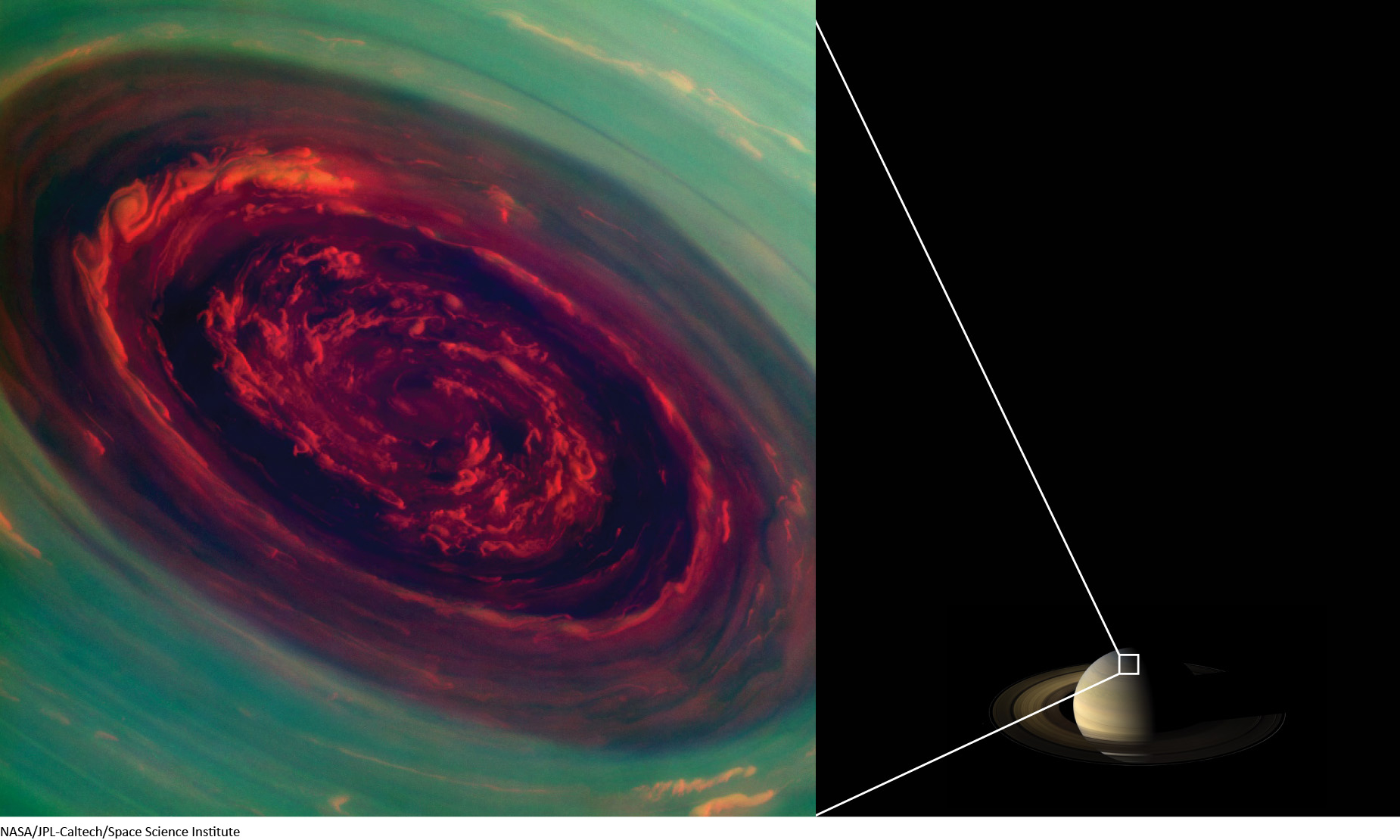167

Observing the Dynamic Giant Planets
CHAPTER LEARNING OBJECTIVES
By reading the sections of this chapter, you will learn:
- 7-1 Dynamic atmospheres of Jupiter and Saturn change rapidly
- 7-2 Uranus and Neptune have seemingly quiet atmospheres
- 7-3 Saturn’s moon Titan and Neptune’s moon Triton exhibit unexpected atmospheres
- 7-4 All Jovian planet atmospheres are encircled by complex ring systems
168
Perhaps the most remarkable telescope views in our solar system are of the colorful, turbulent atmosphere of Jupiter and the ethereal beauty of Saturn’s rings. Both of these giant worlds dwarf our own planet: More than 1200 Earths would fit inside Jupiter’s immense bulk, and more than 700 Earths inside Saturn. Unlike Earth, both Jupiter and Saturn are composed primarily of the lightweight elements hydrogen and helium, in abundances very similar to those in the Sun. The rapid rotations of both Jupiter and Saturn stretch their weather systems into colorful bands that extend completely around each planet. The image above shows a hurricanelike storm at Saturn’s north pole that is 1250 mi across.
Saturn, however, is not merely a miniature version of Jupiter. Its muted colors and more flattened shape are clues that Saturn’s atmosphere and interior have important differences from those of Jupiter. The most striking difference is Saturn’s elaborate system of rings, composed of countless numbers of icy fragments orbiting in the plane of the planet’s equator. The rings display a complex and elegant structure, which is shaped by subtle gravitational influences from Saturn’s retinue of moons. Jupiter, too, has rings, but they are made of dark, dustlike particles that reflect little light. These systems of rings, along with the distinctive properties of the planets themselves, make Jupiter and Saturn highlights of any spacecraft’s tour of our solar system.
Beyond Saturn, in the cold, dark recesses of the solar system, orbit two gas planets that have long been shrouded in mystery. These planets—Uranus and Neptune—are so distant, so dimly lit by the Sun, and so slow in their motion against the stars that they were unknown to ancient astronomers and were discovered only after the invention of the telescope. Even then, little was known about the seemingly quiet atmospheres of Uranus and Neptune until Voyager 2 flew past these planets during the 1980s. In this chapter, we will explore the gaseous envelopes that make up the largest planets of our solar system and the complex ring systems that surround them.